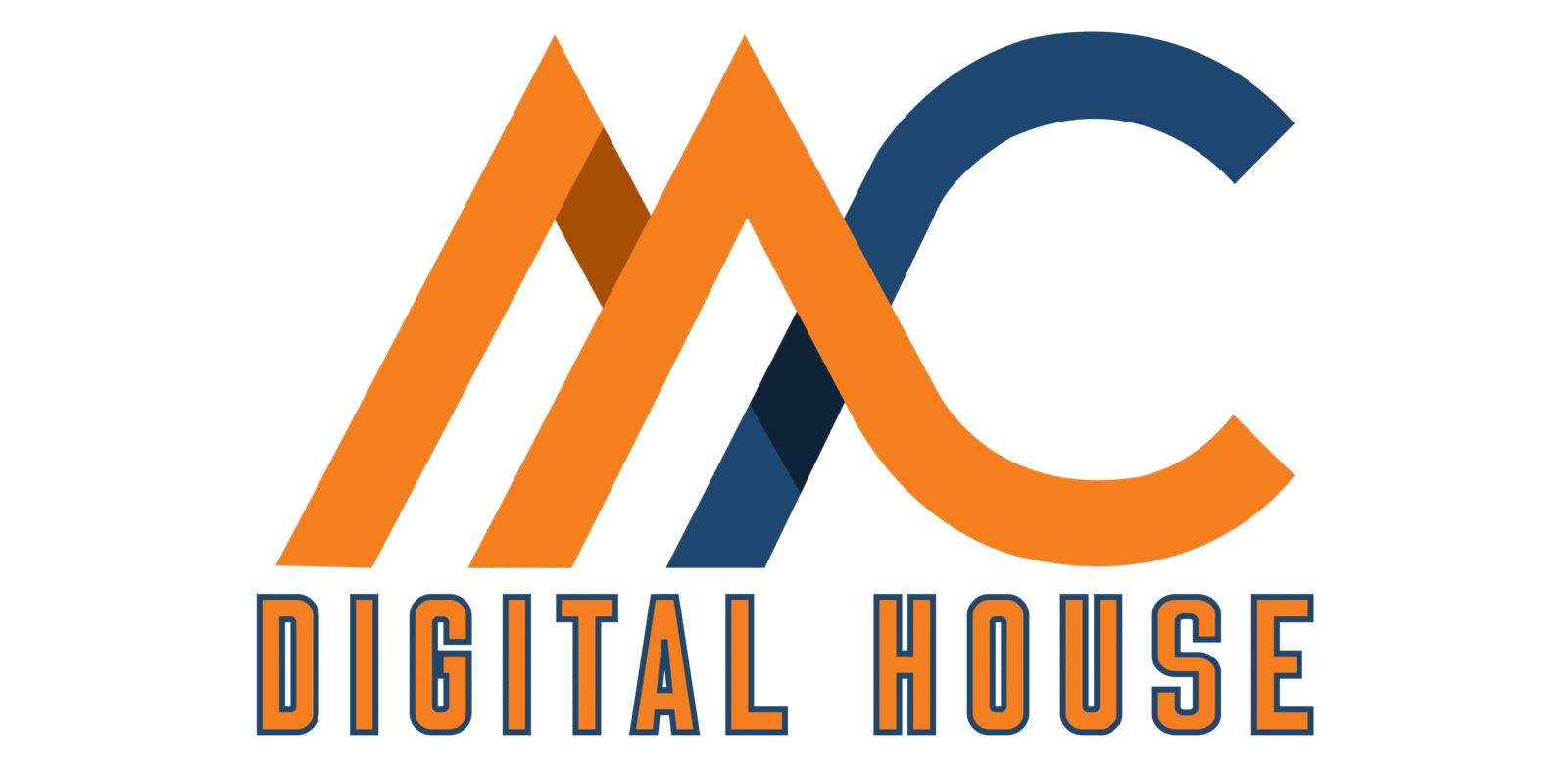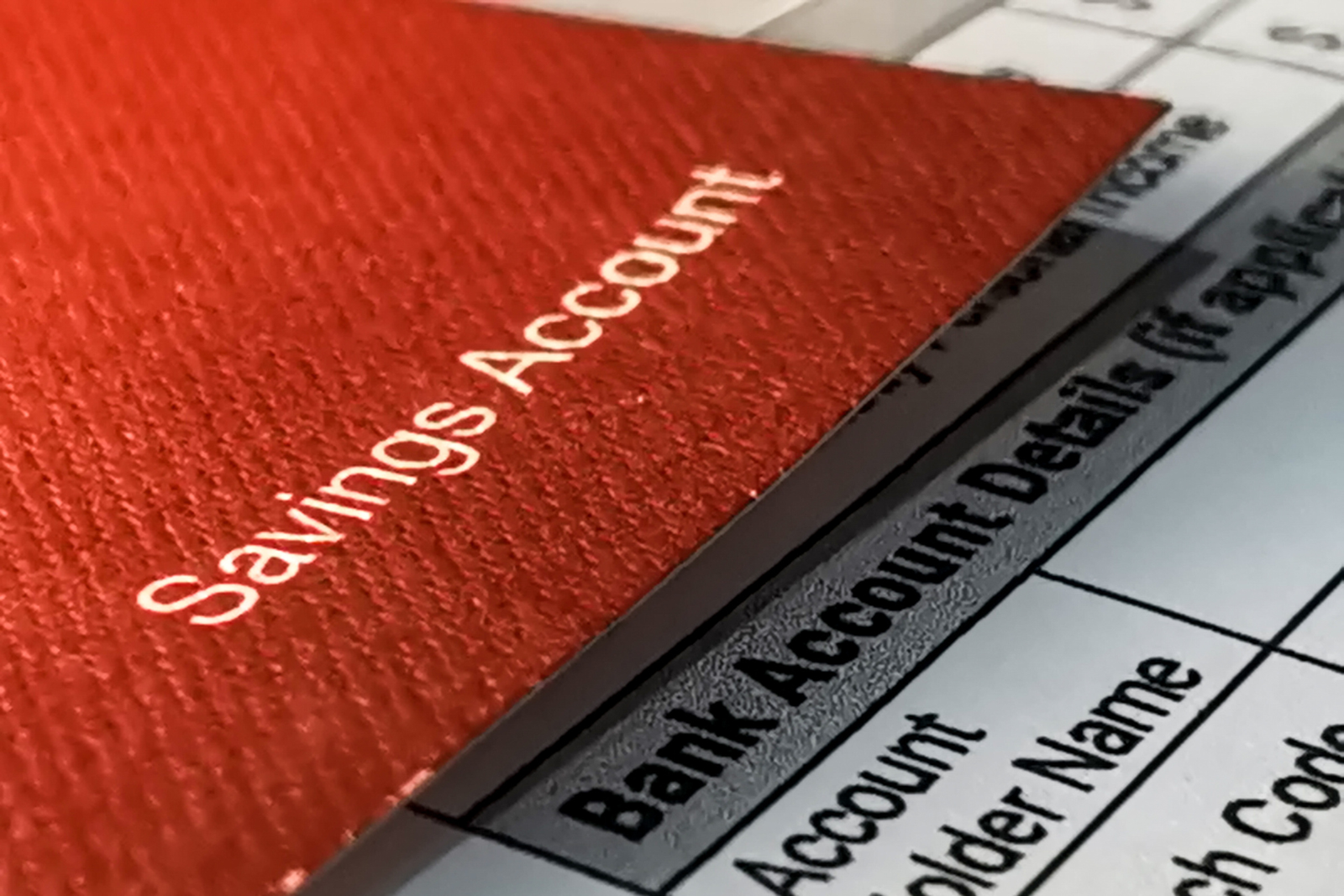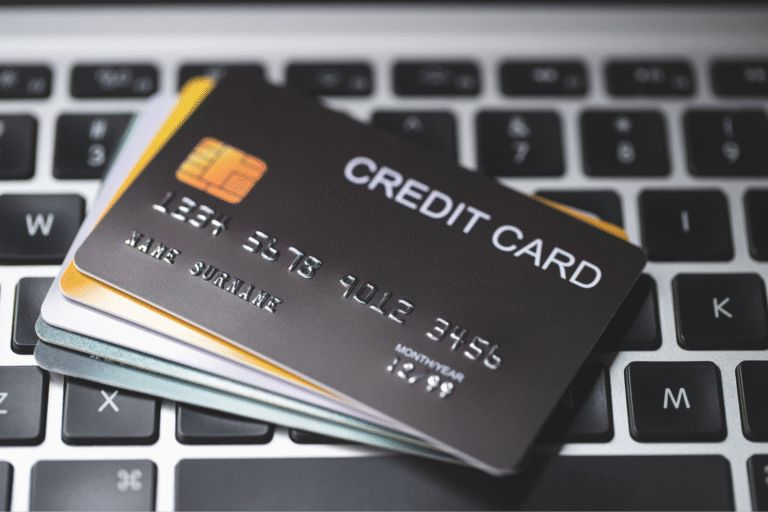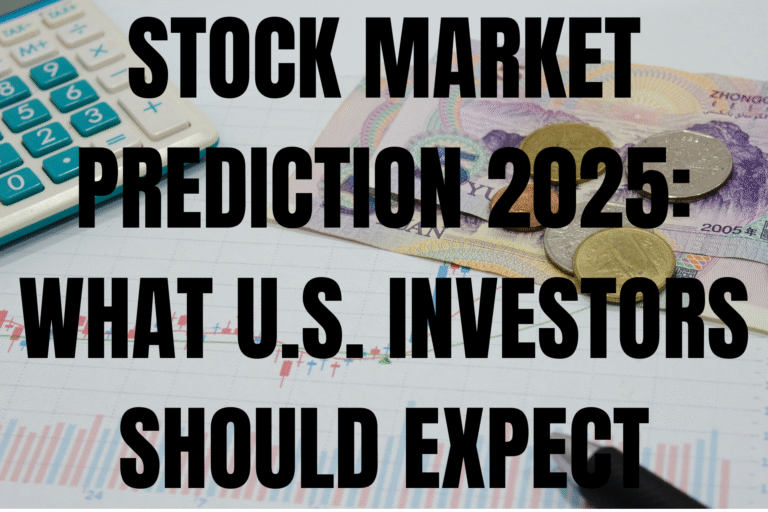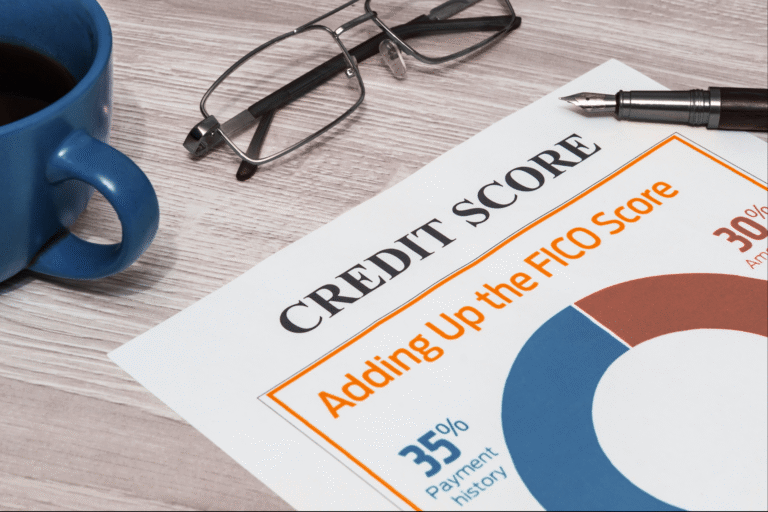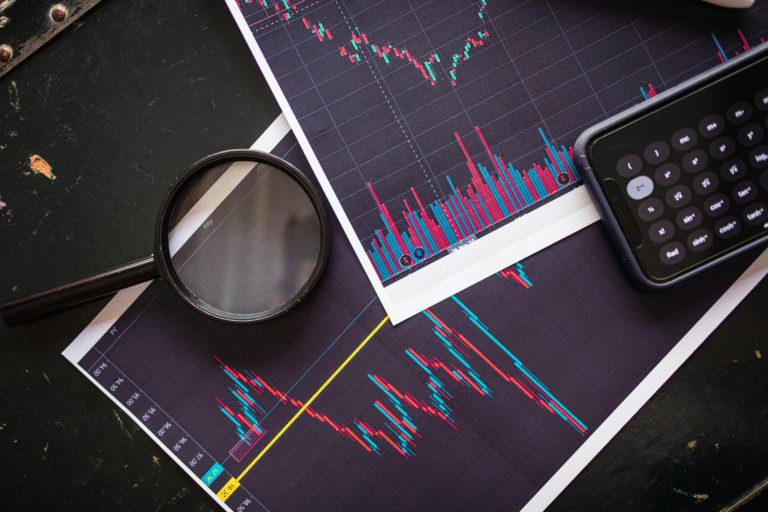High-yield savings accounts 2025: How to make your money work smarter
If you have been storing your money in a traditional savings account, the interest it generates does not make a significant difference. The average savings account in America earns less than 1% APY, which is so low that it cannot keep pace with inflation. This is where high-yield savings accounts (HYSAs) come into play.
As we enter 2025, HYSAs are still one of the safest and smartest ways to grow your cash without being locked into a long-term investment. Whether you are looking to save for an emergency fund, a home, or just want to stop the money from sitting still, understanding how high-yield savings accounts work will help you make better decisions with your money.
What is a high-yield savings account?
In 2025, the financial landscape will be accommodating to savers. The Federal Reserve is still working to balance inflation and growth, which has kept interest rates relatively high. Because of this, banks – especially online ones – have offered higher APYs to incentivize deposits.
For the first time in years, average Americans have the opportunity to earn money that’s simply parked in a savings account. While stock market returns can vary and bonds are generally longer commitments, HYSAs present a happy median between safety, liquidity, and relative return.
If you have cash sitting in a checking account that earns very little, moving that same cash over to a HYSA can be one of the easiest financial wins of the year.
How much interest can you actually earn?
To illustrate the advantages of having a HYSA, let’s look at a concrete example. If you deposit $10,000 in a HYSA with a 4.5% APY, after one year, you’d earn around $450 in interest. If you put that same $10,000 in a regular savings account earning 0.1%, you would receive $10.
Now, assume you were putting in additional money month by month — your interest would compound and your returns would increase even more. Because of this, putting your money in a HYSA is ideal for short- and mid-term savings for goals like:
- Fund an emergency fund
- Save for a down payment on a house
- Save money to fund a trip or a big purchase
- Fund cash reserves for a business or freelancing
While a savings account doesn’t provide the returns of the stock market, the combination of safety, flexibility, and a little interest makes a HYSA a perfect choice for any money you can’t afford to lose.
Advantages of high-yield savings accounts
There are multiple reasons why Americans are now turning their savings from a traditional savings account to high-yield savings options. Here are some of the most compelling benefits:
1. Higher earnings with little risk
A HYSA is simply a savings account, which also means it does not materially include the risk of investment. Nonetheless, interest paid on a high-yield savings account could be twenty to fifty times greater than a standard savings account.
2. Insurance through FDIC or NCUA
Your money is federally insured up to $250,000 per account, so your money is about as safe as it can be; a high-yield savings account is a great way for individuals looking for an account that grows while not experiencing any of the ups and downs of the market.
3. Convenient access to your funds
Unlike certificates of deposits (CDs) and retirement accounts, HYSAs allow you to withdraw/transfer your funds anytime you need to. Some financial institutions may limit the number of transfers/withdrawals per month; overall, your money is still accessible to you or your beneficiaries.
4. Perfect for an emergency fund
Experts recommend having three to six months of expenses set aside as an emergency fund. An emergency fund in a high-yield checking account allows you to have cash earning a respectable return while having access to it if things go wrong.
5. No confusing investment knowledge required
You do not have to learn how to stock trade or watch market charts; just deposit money into an account, sit back, and watch your account balance grow.
How to choose the best high-yield savings account in 2025
High-yield accounts are not all the same. Before you open one, consider comparing features, not just the advertised APY. Here are some things to consider:
Annual percentage yield (APY)
APY is your return annually, including any compounding interest. Even small differences – say, 4.3% versus 4.6% – can add hundreds more over time if you are saving bigger amounts.
Minimum balance requirements
Some banks will require you to maintain a certain balance to secure the advertised APY, while others offer top rates on all balances. If you are just starting to save, look for accounts with no minimum requirement.
Fees and maintenance costs
Stay away from accounts that charge monthly fees or penalties for withdrawing your money. Most online banks offer free accounts nowadays.
Compounding frequency
The more compounding, the better. Compounding daily gives you the benefit of receiving interest on your interest quicker than monthly compounding.
Access and user experience
What does a high yield mean if you cannot access your money? You’ll want to pick a bank that has an easy-to-use app with quick transfers and good customer service.
Insurance coverage
Always confirm the bank or credit union is insured by the FDIC or NCUA before depositing larger amounts.
Where to find the best rates?
In 2025, the high-yielding space of savings accounts will be deeply dominated by online banks and digital-first institutions. By not having an extensive infrastructure of multiple branches, they can return higher yields to their customers at much less cost.
Big-name banks like Ally Bank, Discover, Synchrony, Varo, and Capital One are boasting annual percentage yields (APYs) of between 4.00% and 5.00%. Additionally, new fintech startups are entering the space with different features such as automatic savings tools, round-up features, and even employing budgeting apps.
Meanwhile, traditional bank branches are primarily offering APYs below 1%. So if you are trying to grow your money efficiently, overall, going digital will normally allow for that.
When does a high-yield savings account make sense?
Keep in mind, a high-yield savings account (HYSA) isn’t meant to replace your long-term investment accounts like 401(k)s or IRAs. More so, a HYSA is meant to be a tool in your arsenal for your short-term and safety-net savings. Here’s the best time to employ a HYSA:
- You are in the process of building or maintaining an emergency fund.
- You have short-term savings goals of 1–5 years (ex., wedding, house deposit, etc.)
- You are holding money temporarily before investing it somewhere else.
- You want to keep your reserves of cash separate from your daily spending accounts.
- You value peace of mind and flexibility over riskier return opportunities.
In short, a HYSA is meant to span the gap between your everyday flow of cash and
How to open and manage your account?
Establishing a high-yield savings account has never been easier heading into 2025. Most applications can be completed online in less than ten minutes. Here’s what that process generally looks like:
- Pick a bank or credit union with a competitive APY and solid reputation.
- Complete the application with your name, address, date of birth, and Social Security number.
- Connect a checking account to be able to transfer funds in and out of the account.
- Make your initial deposit – sometimes as low as $1.
- Schedule automatic transfers so that you can save regularly without even thinking about it.
- Monitor your interest through your bank dashboard or app to keep yourself motivated.
Consistency is most important here. Even if that means starting slow, you will deposit funds regularly, and the interest will grow quicker than you think.
Common mistakes to avoid
While HYSAs are quite simple, there are a few pitfalls to be cautious of:
- Chasing solely the highest rate: Some banks advertise a short-term promotional rate of interest that can drop after a few months. Focus on reliable institutions with a track record of a competitive rate.
- Forgetting to check for limits on withdrawals: Some savings accounts may still limit a certain number of withdrawals to six times per month; too many can incur fees.
- Neglecting fees: Always verify for any potential hidden fees as you contemplate a lesser-known online platform.
- Neglecting taxes: Any interest you receive is taxable income; keep track of all your earnings for tax purposes.
Letting inflation diminish your earnings: Even with returns of 4% or 5%, inflation will continually rob you of your real earnings. You could also opt for a high-yield savings account as part of a broader savings strategy.
Taxes and reporting
Any interest you earn in a high-yield savings account constitutes taxable income. If you earn more than $10 in interest, your bank will issue you a Form 1099-INT at the beginning of the following year. If you earned less than $10 in interest, it’s still technically taxable income, regardless, so you should record it on your federal income tax return.
The IRS taxes that income at your ordinary income tax rate; that means what you owe the IRS depends on your ordinary income tax bracket. While that will slightly lower your net gain that you realize on your money, the rate is still good for the growth and security your money will experience.
The outlook for savings rates beyond 2025
Interest rates offered by high-yield savings accounts have a close relationship to the Federal Reserve’s interest rate policy. If inflation subsides and the Federal Reserve begins to cut interest rates sometime in 2025 or 2026, the APYs for these accounts may begin to decline. Conversely, if inflation continues to remain elevated, banks may keep yields high in order to attract deposits.
For now, analysts anticipate that interest rates offered by high-yield savings accounts will trend relatively stable for most of 2025. So, there is still time to benefit from great returns on these accounts. Cautious savers should regularly evaluate their options every few months in order to be ready to switch banks when significantly better rates are available.
Conclusion
A high-yield savings account is not a tool to make you wealthy overnight. However, a high-yield savings account is among the best ways to put your idle money to work. It provides a safe place for cash, grows it quicker than a standard savings account, and is available if an unexpected financial challenge arises.
In 2025, with interest rates still near record highs, there is no reason to settle for low returns. You can instantly make your money work harder for you by taking a few minutes to walk through the process of opening a high-yield savings account (HYSA), running an automated deposit regimen, enabling your emergency fund, building the ideal fund for your immediate or short-term goals, and fortifying your foundational commitment.
And remember: wealth is not simply the amount you earn — the mastery lies in the ability to save a portion of it. A high-yield savings account is a simple and efficient step toward that form of financial freedom.
Meta description
Tags
- high yield savings accounts 2025
- best high yield savings USA
- how to open a high yield savings account
- FDIC insured savings account
- high interest savings 2025
- savings account APY USA
- best online savings account 2025
- safe ways to grow money USA
- compound interest savings accounts
- emergency fund high yield account
